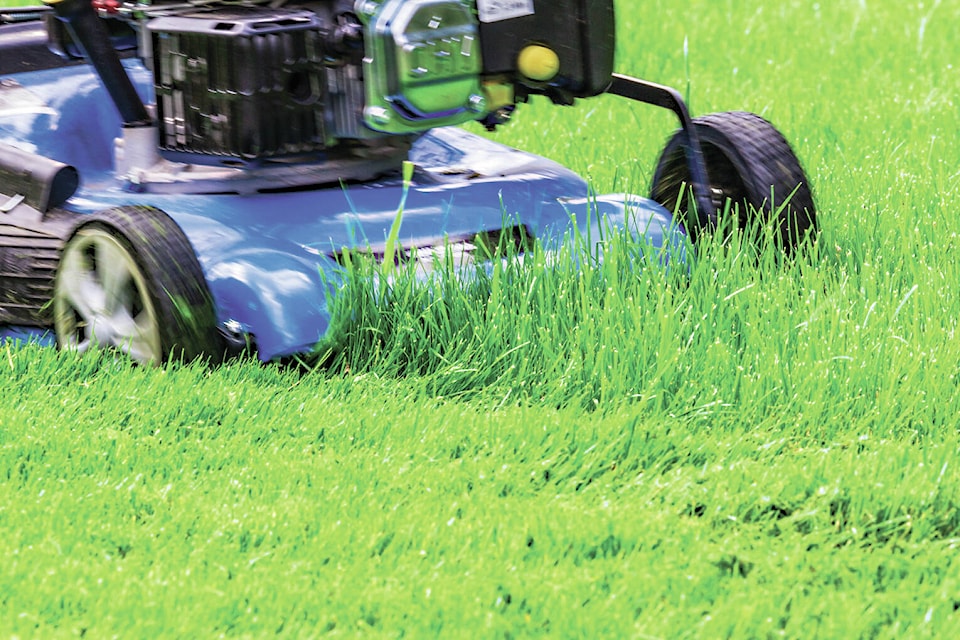By Catherine Tarasoff
With fall just around the corner, your garden is likely winding down for the season; however, with the combination of cooler temperatures, fall rain and warm soils, the conditions are perfect for grass germination. Outlined below are a few final yard and pasture management activities that will pay dividends in keeping invasive plants and weeds at bay next spring and summer:
1. Re-seed bare ground. Bare spots in your lawn or pasture occur for a variety of reason, including, but not limited to, routine foot traffic, heavy grazing, earth works, and/or fire and flood damage. Before seeding your bare ground, choose an appropriate grass seed mix for the area (your local agri-supply stores are great resources for choosing appropriate seed mixes). Then, loosen the soil to ensure good seed-to-soil contact. Follow the prescribed seeding rate and keep the site well-watered, while avoiding puddling water, until the grass is well established.
2. Top up your grasses. Fall is the ideal time for the practice of overseeding a thin lawn or pasture. Prior to overseeding, it is critical to cut existing grasses down to 5 cm (two inches) or less, and bag up the grass clippings if possible; this will ensure the new seeds are able to reach the soil surface. For lawns, consider aerating to increase available seed-to-soil contact. As above, follow the application rates and instructions and keep the site well-watered until the grass has established.
3. Consider a cover crop. Cover crops do exactly what their name implies; cover the soil. The benefits of cover cropping are far reaching as they stabilize the soil surface and reduce soil erosion. They also assist in building soil health as nutrients are added to the soil if the crop is tilled in the spring. Finally, they will help suppress invasive plants and weeds by providing competition. Late summer/early fall is the ideal time for seeding cover crops. Again, your local agri-supply store can assist you with appropriate cover crops to suite your needs.
It is important to understand that once seeds have started absorbing water they are biologically alive; although you cannot see an emergent shoot, the seed has come out of dormancy and is beginning the germination process. One of the main reasons for failed seeding attempts is desiccation just before the germination stage. However, if you are not able to provide water to the site, then purchase a fast germinating, drought tolerant seed and time your seeding to capture at least tw0 days of abundant precipitation. Avoid grazing or mowing until the grass is at least 8 cm (three inches) tall.
Fall is a great time to get your lawn and pastures ready for a healthy start next year. Your investment now will help promote a healthy and diverse plant community next spring, and you will be rewarded with less weeding.
Catherine Tarasoff is the Education and Outreach Coordinator for the Thompson Nicola Invasive Plant Management Committee (on Facebook @TNIPMC). The series will provide tools and tips for preventing invasive species while enjoying the space around your house and property. Look for more resources at www.tnipmc.com
_______________
Like us on Facebook
